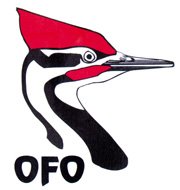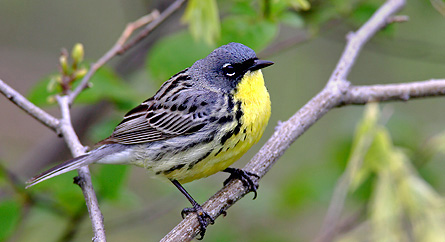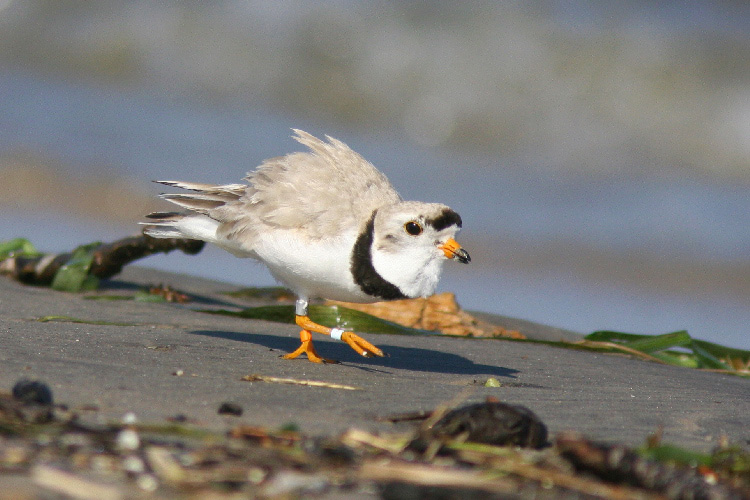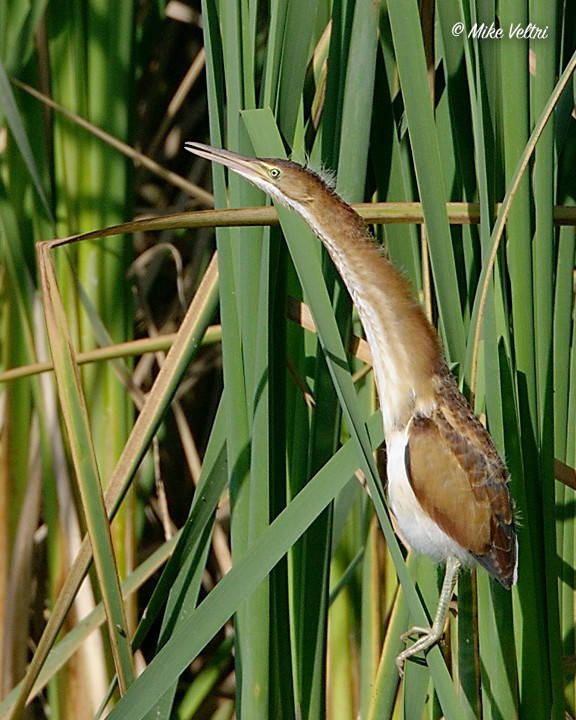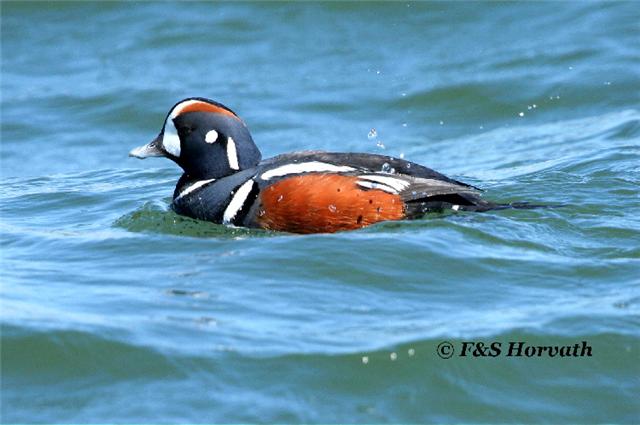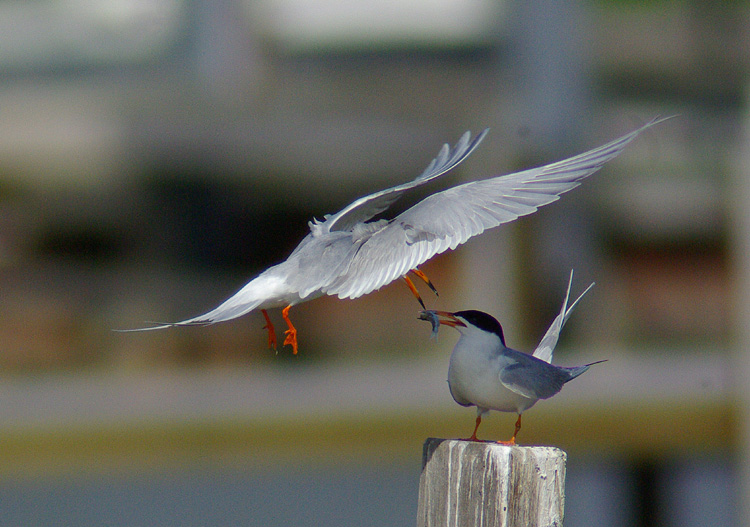C. Endangered CategoryTop
Northern Bobwhite
As southern Ontario was settled, the bobwhite increased and spread northward. Now bobwhites are disappearing from Ontario because of
intensive agriculture, fewer weedy and shrubby areas, and probably because of fewer grass fires which renew habitat.
Eskimo Curlew
No confirmed records anywhere since the 1960s, almost certainly extinct.
Acadian Flycatcher
Recent surveys of creek ravines indicate that Acadians are more common than previously believed.
Barn Owl (eastern population)
It has virtually disappeared because of intensive agriculture, annual plowing of fields (fewer large weedy fields with voles)
and a switch to closed metal barns.
Piping Plover
It's doubtful (except at Long Point) that Piping Plovers will ever recover much on Lakes Ontario, Erie and Huron, unless human
use of sand beaches is restricted.
King Rail
Most remaining birds are in marshes where water levels are managed. It's disappearing elsewhere because once productive marshes
have become old and stagnant, having filled in with organic matter and dense cattails. A good example is Point Pelee's once
fabulous marsh. Recent low water levels and drought also have dried out some marshes.
“Eastern” Loggerhead Shrike (subspecies migrans)
A gradual decline started more than 50 years ago caused by (1) the disappearance of rough cattle pastures with scattered shrubs and
(2) the enormous increase in roads and motor vehicles resulting in collisions with this low flying shrike, mainly on migration.
Winter habitat may be a factor, but there's no information about how winter habitat affects migrants from the north. There is no
evidence that contaminants are causing the decline of Ontario shrikes.
Henslow's Sparrow
Decline is mysterious. Probably declining for two reasons: (1) Much more intensive agriculture and (2) an almost complete lack of fires
needed to renew its grassland habitat. Fires were more frequent in Ontario grasslands in the past.
Kirtland's Warbler
Doing well in Michigan; some may spread to Ontario, but lack of ideal Jack Pine habitat would be major limiting factor.
Prothonotary Warbler
It is hoped that a nest box program in wooded swamps will cause an increase. Recent low water levels and drought having a
negative impact.
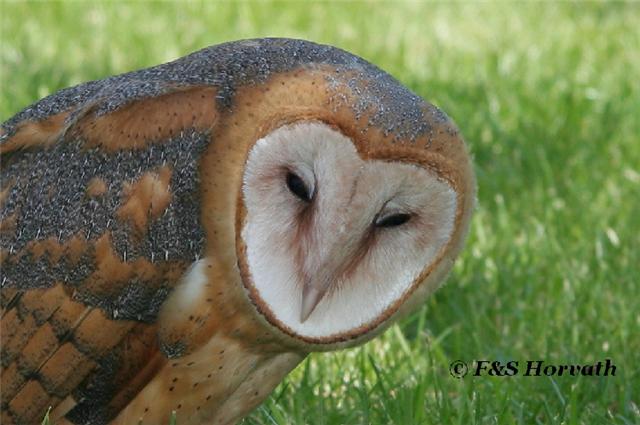
Barn Owl
Photo: Frank and Sandra Horvath
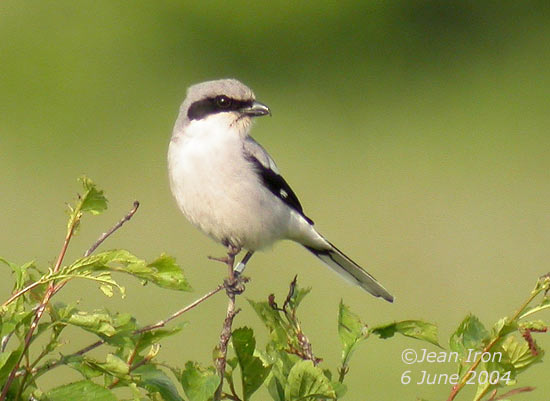
Loggerhead Shrike
Photo: Jean Iron
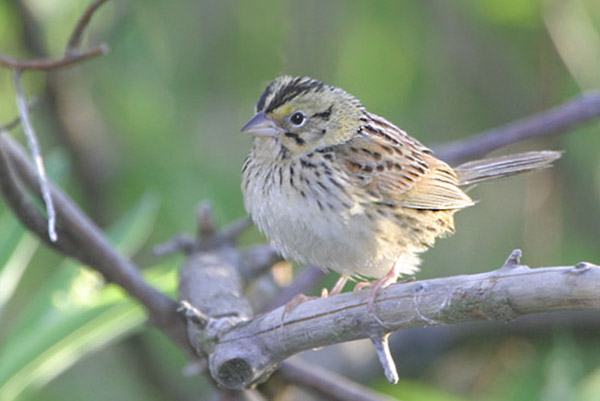
Henslow's Sparrow
Photo: Eric Holden
